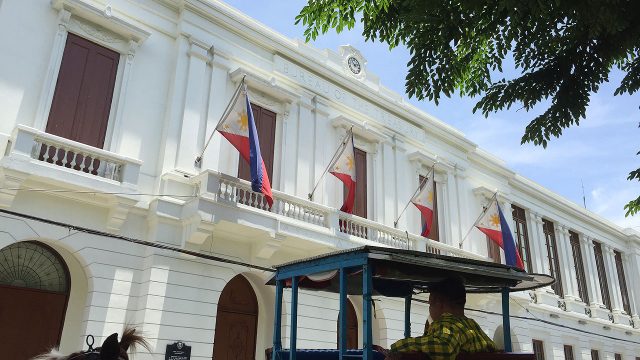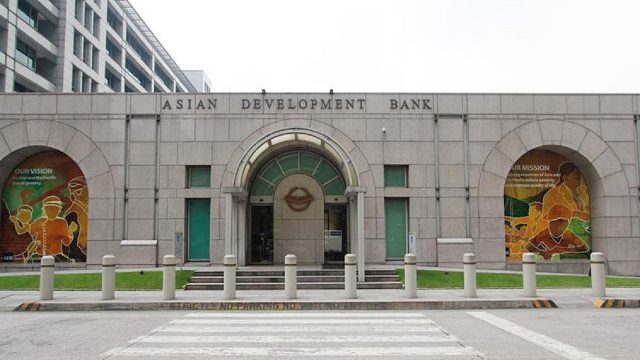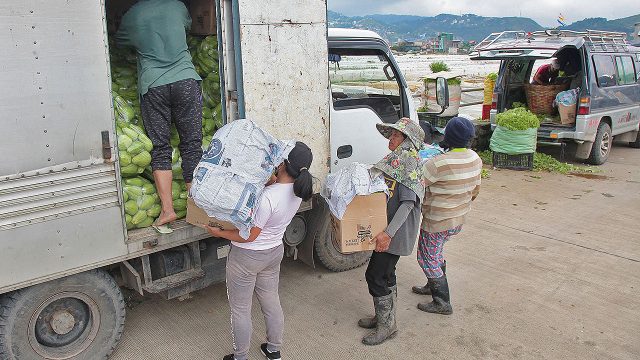National Gov’t debt hits P11.6 trillion at end of August
THE National Government’s outstanding debt rose to P11.64 trillion at the end of August, with the new lockdown compelling the government to borrow more from the debt market, the Bureau of the Treasury (BTr) said Thursday.
According to preliminary BTr data, the end-August debt level was up 0.28% from a month earlier. It was up 21% from a year earlier.
Since the start of the year, government debt rose 18.9% from the end of 2020. The government added P1.85 trillion in debt over the first eight months.
The debt consisted of 70.6% in domestic borrowing and 29.4% borrowed overseas.
Domestic debt at the end of August rose 1.2% from the end of July to P8.22 trillion. Year on year, the domestic debt stock grew 22.5%.
The BTr increased its borrowing last month, bringing outstanding government securities up 1.3% at P7.68 trillion.
The government also has P540 billion from the central bank, which it borrowed last year to help fund its pandemic response.
External debt fell 2% at the end of August to P3.422 trillion compared to its level at the end of July following the repayment of foreign loans worth P34.22 billion.
“The impact of both local- and third-currency fluctuations against the dollar further lowered the peso value of external obligations by P32.04 billion and P2.39 billion, respectively,” the Treasury said.
Foreign debt at the end of August rose 18% from a year earlier. It has grown 10.4% since the start of the year.
Foreign debt consisted of P1.47 trillion in loans and P2.02 trillion in government securities. The latter included P1.5 trillion in dollar notes, P241 billion in euro bonds, P138 billion in yen paper, P19 billion in yuan notes and P85 billion in peso global bonds.
The government’s overall guaranteed obligations fell 2.7% from a month earlier to P432.2 billion after it repaid P9.9 billion worth of domestic and foreign guarantees last month.
“The impact of local- and third-currency exchange rate fluctuations against the dollar further reduced external guarantees by P1.85 billion and P340 million, respectively,” the Treasury said.
Increased borrowing last month was attributed to the government’s heightened spending needs after Metro Manila and other provinces reverted to stricter lockdown measures for two weeks in August, Rizal Commercial Banking Corp. Chief Economist Michael L. Ricafort said in a note Thursday.
The government handed out P15 billion in emergency cash aid to residents of areas under strict quarantine.
Mr. Ricafort said the recent policy shift to granular lockdowns starting September could help the economy reopen and increase tax collections, which could ease the need for borrowing.
“However, this could be offset by the risk of relatively slower economic recovery from lockdowns… and any delays in the COVID-19 vaccine arrivals… (as this could) lead to relatively wider budget deficits that entail more government borrowing,” he said. — Beatrice M. Laforga












